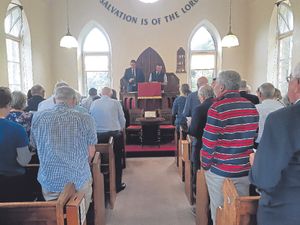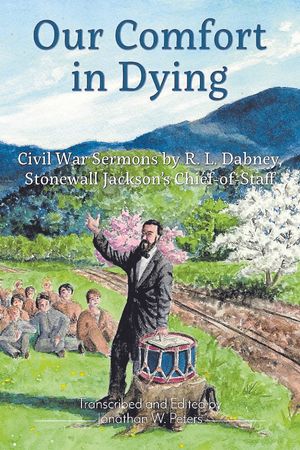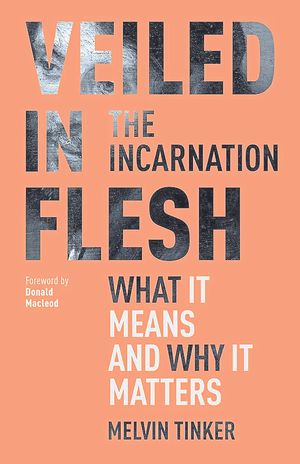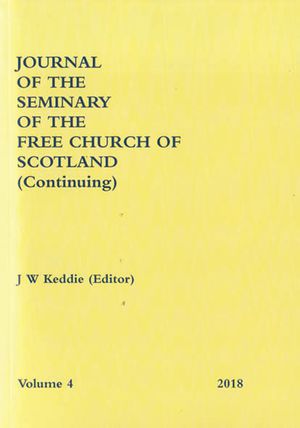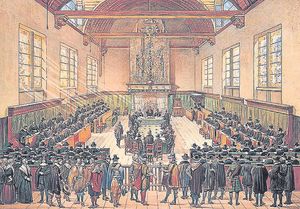3. The Vineyard
by Jonathan Bayes
One result of the rapid progress made by ‘Restorationism’ in the years immediately after 1975 was that the renewal movement within the denominations (see Part 1 of this series) began to decline.
Many people who had been involved in the renewal moved into the Restorationist movement, having become disillusioned with attempts to renew denominational life — attempts that seemed to be getting nowhere. Now, in Restorationism, there seemed to be a viable alternative.
Final fling
Consequently, in 1980, the Fountain Trust closed down. They put a brave face on it. Tom Smail claimed that they had done the job which God had given them to do. However, the Trust’s demise was a symptom of the decline of the renewal movement.
In July 1986 a European Festival of Faith was held at the National Exhibition Centre in Birmingham under the title ‘Acts 86’.
Speakers included Anglicans, Colin Buchanan (Bishop of Aston), Michael Green and Bob Roxburgh (who was David Pawson’s successor at Guildford Baptist Church), a Roman Catholic called Tom Forrest, and John Wimber of the Vineyard movement. I think it is probably fair to say that this was the final fling of the renewal movement in Britain.
More recently, even where the charismatic movement remains within denominational churches, it has acquired a Restorationist emphasis. One sign of this is the growth of the ‘March for Jesus’ movement.
Marching for Jesus
‘March for Jesus Across the Nation’ took place in September 1989. It is apparent that this was the defining moment for the charismatic movement in the UK.
The enthusiastic participation of many denominational charismatic churches made it clear that Restorationism had indeed taken over. The renewal was effectively finished.
‘March for Jesus’ is unashamedly Restorationist. Its whole philosophy is that marching is an act of spiritual warfare — in treading the ground you are claiming, even taking, the territory for Jesus the King.
This is epitomised in one of the ‘March for Jesus’ theme songs, which begins:
We’ll walk the land with hearts on fire
And every step will be a prayer.
The idea is not that as we take each step we say a prayer, but that the very act of stepping on the land is an enacted prayer — in which the devil is commanded to release the territory to the rightful King.
Reading the history
There are two ways of reading the history of the charismatic movement at this stage. The first is to conclude that renewal evolved into Restorationism. In other words, the gradualist approach of the former sped up into a more radical emphasis of the latter. That is probably true as a description of the progress of many individuals who moved via renewal into Restorationism.
The second way of reading the developments is to argue that the roots of Restorationism predated the renewal movement, but that once renewal was under way, it provided fertile soil for a Restorationist takeover.
Given that an embryonic church movement had emerged in Chard, Somerset, back in the 1940s, and that Arthur Wallis, along with men like David Lillie, Denis Clarke, and Campbell MacAlpine, were already feeling their way towards Restorationist principles in an early form as early as the 1950s, this is probably a more accurate account of what was going on above the individual level.
However, the influence was not all one way. The wheel was about to turn full circle.
Ecumenical
By 1990 a huge shift had taken place in the stance of Restorationism. In the early years after 1975 it was separatist and exclusive, anti-denominational and anti-compromise. However, in the late 1980s Restorationism became increasingly ecumenical in outlook.
Its goal had not changed. It still envisioned the restoration of the entire church. Initially, it had expected to see this goal achieved through the withering of the denominational structures as all Christians came out and joined the Restorationist movement. By 1990, however, Restorationists were seeing themselves as the catalyst for the restoration even of the denominations.
The end in view was still a united, restored church. But a new route was being followed. No longer was the call to come out and join us.
The strategy now was to infiltrate all the churches and Christian organisations with Restorationist emphases — by developing relationships through participation in local Councils of Churches and the Churches Together movement.
And this new strategy has been hugely successful. By the beginning of the 1990s the Evangelical Alliance was propagating a Restorationist vision, and many University Christian Unions had been taken over.
Vineyard movement
The bridge which took Restorationism from its early separatist emphasis to its new ecumenical methodology was probably the arrival in Britain of the Vineyard movement in the mid-1980s.
The Vineyard, led by John Wimber, was at the forefront of what has become known as the ‘Third Wave’ of Pentecostal or charismatic influence.
The first wave was the rise of the Pentecostal denominations after 1906. The second wave was the emergence of the charismatic renewal from 1960. The third wave was the signs and wonders movement, which caught the attention of the churches from about 1984.
Wimber’s presence at the Birmingham festival ‘Acts 86’ in the summer of 1986 has already been noted. However, that was not his first visit to Britain. It was in 1985 that he held his first national conference in the UK.
Entitled ‘Power evangelism’, this took place in Sheffield. Wimber taught that signs and wonders performed in response to words of knowledge (‘doing the works of Jesus’) were a vital, even necessary, means of opening a door for the gospel (‘preaching the word of Jesus’).
Changing tack
One of Wimber’s subsidiary emphases was the love of God for the whole church. Wimber meant by this the whole professing church — denominational boundaries were irrelevant, and ‘Protestant’ and ‘Catholic’ were insignificant distinctions.
Restorationist leaders attended Wimber’s conferences. It seems to me that his influence was what caused Restoration-ism to change tack. From now on, it would work for the ‘restoration’ of the traditional denominations rather than aspiring to supplant them.
It is probably significant that the charismatic leaders who developed the ‘three-wave’ categorisation omitted Restorationism as a separate wave.
They did not see the signs and wonders movement as the fourth wave because, from their openly ecumenical standpoint, Restorationism in its formative period had been barking up the wrong tree in standing for separation.
The songs which have come out of the Vineyard movement bring together both the devotional emphasis of renewal and the kingdom emphasis of Restorationism. Here is an example:
You are the Vine, we are the branches,
Keep us abiding in You.
You are the Vine, we are the branches,
Keep us abiding in You.
Then we’ll go in Your love,
Then we’ll go in Your name,
That the world may surely know that
You have power to heal and to save.
Holy Trinity, Brompton
The third wave had the effect of bringing into the charismatic movement in the late 1980s some who had not been involved before. One such was Sandy Millar, the vicar of Holy Trinity Church in Brompton, in the heart of London.
His first introduction to a charismatic worship style occurred when he travelled to the USA to attend one of the Vineyard conferences there.
By the mid-1990s, Holy Trinity, Brompton, had moved to the forefront of the charismatic movement in the UK. It was through Holy Trinity that the ‘Toronto Blessing’ came to Britain in 1994.
Today, Holy Trinity is spearheading the Alpha Course. Part of its purpose is to spread the charismatic emphasis even more widely across churches of all denominations and none.




